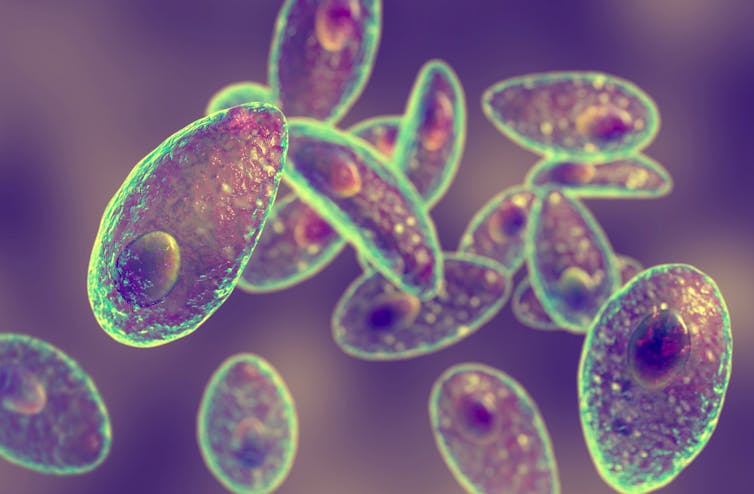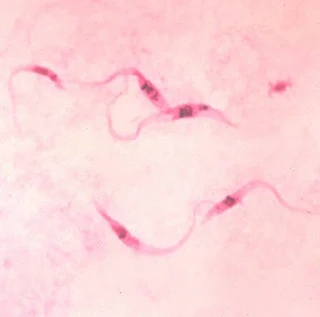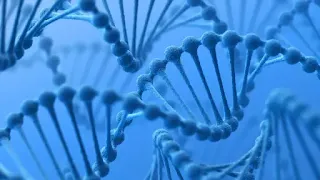
This study provides more evidence that Covid vaccination is safe for both current and future pregnancies, and shows in a mouse model that immunization during the earliest stages of pregnancy provides antiviral antibodies to the fetus throughout the rest of pregnancy.
Image Credit: Hannah J. Lee (CC-BY 4.0)
Two of the bogus antivaxxer claims with which the politically-motivated covidiot antivaxxer movement is trying to scare women into not getting vaccinated against COVID-19 are:
- The vaccines cause birth defects if given during pregnancy.
- The vaccines reduce fertility or cause sterility in women by producing antibodies against the protein syncytin-1, which in humans and related primates is involved in attaching the placenta during pregnancy.
The second piece of disinformation was based on the fact that a small part of the SARS-CoV-2 spike protein that antibodies are produced against by the vaccines has a short sequence of amino acids that is also found in syncytin-1.
This is hardly surprising since syncytin-1 is the remnant of an ancient retrovirus that has been co-opted to aid in the attachment of the placenta in many primates. In fact, it's one of many pieces of evidence of common descent since it is present in all the old-world primates, but not in the new-world primates. The Wikipedia entry for syncytin-1 reads:
Syncytin-1 also known as enverin is a protein found in humans and other primates that is encoded by the ERVW-1 gene (endogenous retrovirus group W envelope member 1). Syncytin-1 is a cell-cell fusion protein whose function is best characterized in placental development.[3][4] The placenta in turn aids in embryo attachment to the uterus and establishment of a nutrient supply.
The gene encoding this protein is an endogenous retroviral element that is the remnant of an ancient retroviral infection integrated into the primate germ line. In the case of syncytin-1 (which is found in humans, apes, and Old World but not New World monkeys), this integration likely occurred more than 25 million years ago.[5] Syncytin-1 is one of two known syncytin proteins expressed in catarrhini primates (the other being syncytin-2) and one of many viral genomes incorporated on multiple occasions over evolutionary time in diverse mammalian species.[6]
ERVW-1 is located within ERVWE1,[7][8] a full length provirus on chromosome 7 at locus 7q21.2 flanked by long terminal repeats (LTRs) and is preceded by ERVW1 gag (Group AntiGen) and pol (POLymerase) within the provirus, both of which contain nonsense mutations rendering them non-coding.[9][10] Syncytin-1 is also implicated in a number of neurological pathologies, most notably, multiple sclerosis, as an immunogen.
According to information made available ahead of publication by PLOS, Lu-Culligan and her colleagues:























